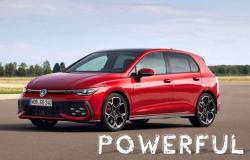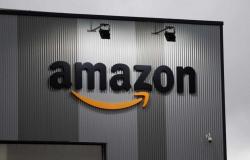The protectionist policies of the European Union and the United States against Chinese electric cars They shine a spotlight on the colossal support Beijing has given to the domestic industry over the past 14 years. Good at intercepting change, ahead of Western realities, the Dragon Republic has started the ecological transition for over a decade.
West in the crosshairs
Having laid solid foundations, it has put the Western world in its sights, hence the concern of the political authorities. Even our Government, primarily the Minister of Infrastructure and Transport, Matteo Salvini, has expressed strong doubts about the ban on endothermics.
His fear is of witnessing the mass invasion of the Asian country, favored by the price list of the very attractive models. Something similar had already happened to him in the field of photovoltaic panels. Then foreign companies invaded the Old Continent and ultra low cost policies cut off local start-ups.
Since history teaches us not to make the same mistakes, the EU Commission took matters into his own hands. In an epochal move, President Ursula von der Leyen announced last year a sweeping investigation of Beijing’s actions. A task force was sent to the field and the evidence collected led to the tightening of duties.
Overseas, the two candidates for the White House, Joe Biden and Donald Trump, are thinking of applying a similar strategy. If the tycoon declares war on BEVs, whatever the manufacturer, the president in office is alarmed by the invaders’ maneuvers. At stake, moreover, is American labor, which risks being wiped out by the external threat, thanks to the low labor costs in the eastern hemisphere.
Overwhelming numbers
In support of doubts and perplexities comes an analysis from the Center for Strategic and International Studies in Washington, according to which the investments made by the eastern giant have been well 230.8 billion dollars (over 215 billion euros) between 2009 and 2023. This is an important figure, equivalent to 18.8% of the total sales value of full electric in the same time frame.
The promotion campaign developed along various lines. First, from direct subsidies (eliminated in 2023) and VAT exemption, representing the prevalence of earmarked aid. Therefore, there have been non-monetary contributions, in the form of financing charging infrastructures, research and development programs, and public procurement dedicated to battery-powered vehicles.
Finally, the government supported the Homes’ ambitions through the granting of low-cost land, subsidized energy tariffs, low-interest bank loans, share purchases by local authorities, and subsidies to companies in the supply chain. Emblematic is the case of CATL, a global leader in the manufacturing of batteries, which was granted 809.2 million dollars in public subsidies last year, for an increase of 950% on 2018.
The elaborate web woven by the Asian giant has resulted in a market penetration of 13% in 2023, compared to a global average of 6%. Over the course of twelve months, China exceeded 6 million full electric vehicles, which gives it leadership in this fuel supply.





